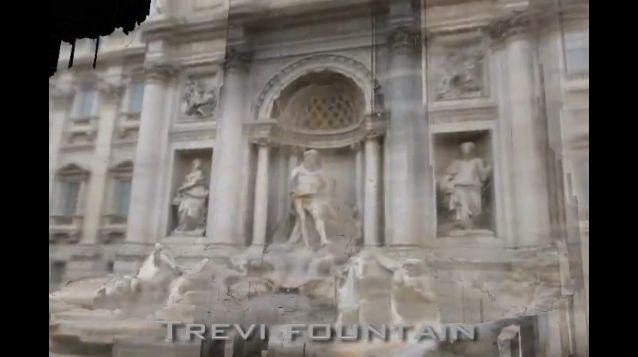Researchers have devised a technique that allows a computer to create three-dimensional images of famous landmarks, by combining numerous two-dimensional photos of those landmarks from Internet photo sharing sites such as Flickr. For the Building Rome on a Cloudless Day project, 3 million photos of Rome were accessed online, and used to produce 3D images of all the city’s major landmarks. Utilizing commodity graphics hardware, it took a single PC less than one day to accomplish the task.
The project is the work of a combined team from the University of North Carolina (UNC) at Chapel Hill and the Swiss ETH-Zurich. They were also able to create 3D images of landmarks in the city of Berlin.
While programs such as Microsoft’s PhotoSynth already perform a similar function, the new system is said to be much more powerful.
“Our technique would be the equivalent of processing a stack of photos as high as the 828-meter Dubai Towers, using a single PC, versus the next best technique, which is the equivalent of processing a stack of photos 42 meters tall – as high as the ceiling of Notre Dame – using 62 PCs,” said team leader Jan-Michael Frahm, of UNC. “This efficiency is essential if one is to fully utilize the billions of user-provided images continuously being uploaded to the Internet.”

Unlike watching a single video, the system could conceivably allow users to view landmarks at different times of day, or in different seasons – perhaps as part of a service like Google Earth. Frahm believes users could also obtain the identity of landmarks simply by taking a photo of them with their smartphone, and that doing so could provide them with their geographical location even more precisely than GPS.
Additionally, he envisions the system being used in disaster relief scenarios. Officials could study 3D still images of disaster sites, created from videos shot by planes flying over those areas.
Images courtesy Building Rome on a Cloudless Day





